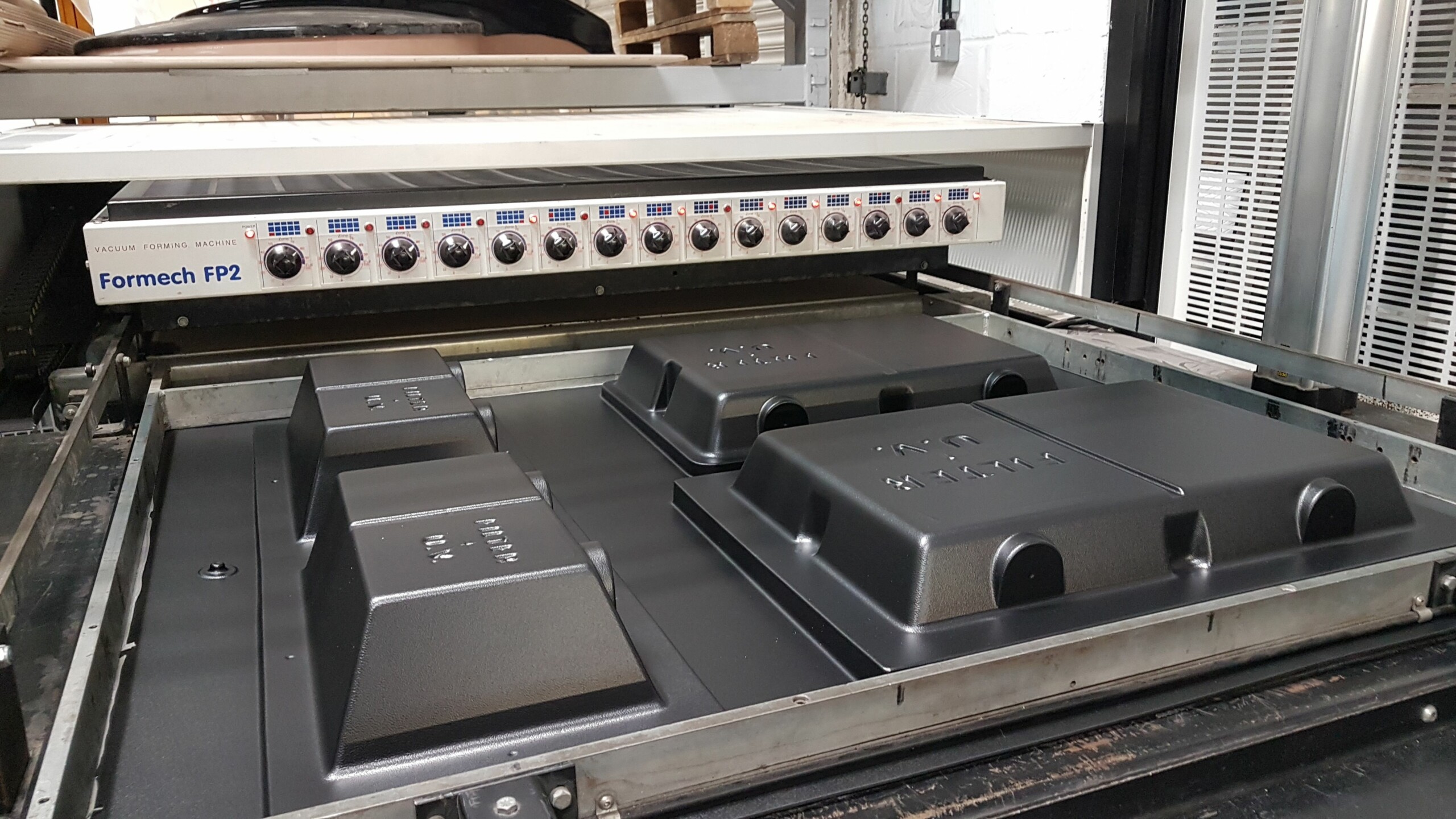Expert Insights aon Vacuum Forming

One of the Vacuum Forming efficient plastic fabrication methods, Vacuum forming is used to manufacture various products by using heat and vacuum suction to shape thermoplastic materials over molds.
Step-by-Step Vacuum Forming Process
To mold a vacuum-formed product, the plastic sheet is first placed into a frame and heated until it becomes soft. Once the material is ready, it is positioned over a template, and a vacuum is applied to pull the material tightly over the mold, achieving the desired shape.
After forming, the material is hardened to retain its shape. The final product is then trimmed to remove unwanted material and processed for use.
Applications of Vacuum Forming
This technique is widely used in numerous industries, including automotive, to produce tailor-made components. Some frequent products made using vacuum forming include:
- Automotive parts
- Clamshell containers
- Medical device casings
- Point-of-sale stands
Why Choose Vacuum Forming?
One of the biggest advantages of vacuum forming is its low production cost. Other key benefits include:
- Rapid production
- Economical setup
- Flexibility in design
- Lightweight materials
Summary
For businesses looking for an efficient plastic manufacturing solution, vacuum forming provides a valuable option.